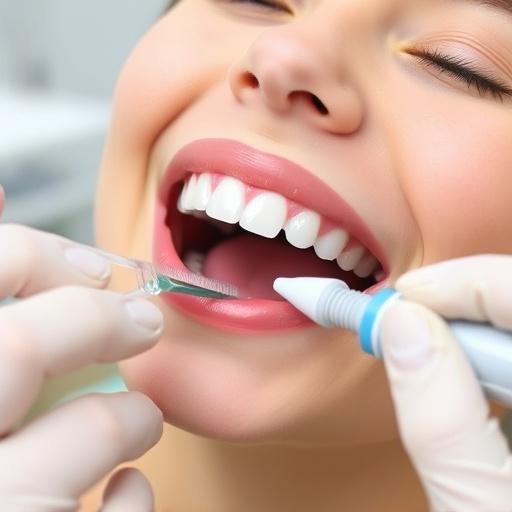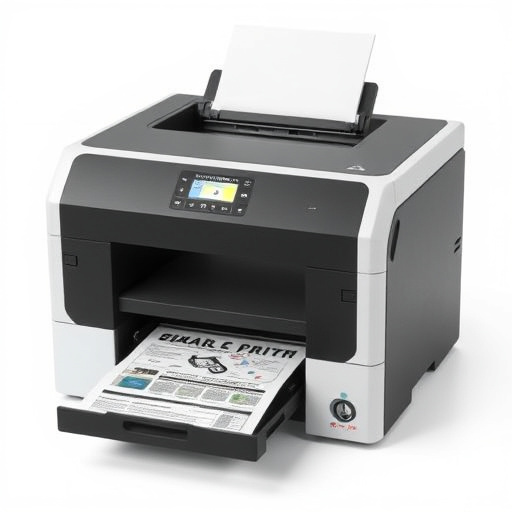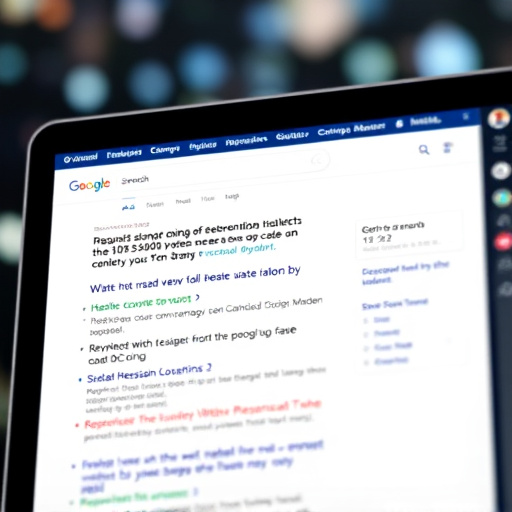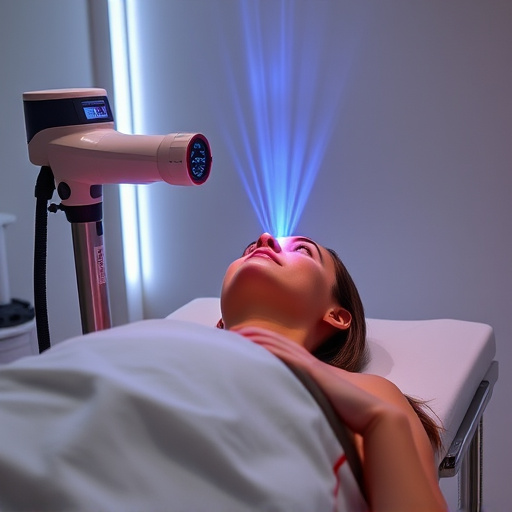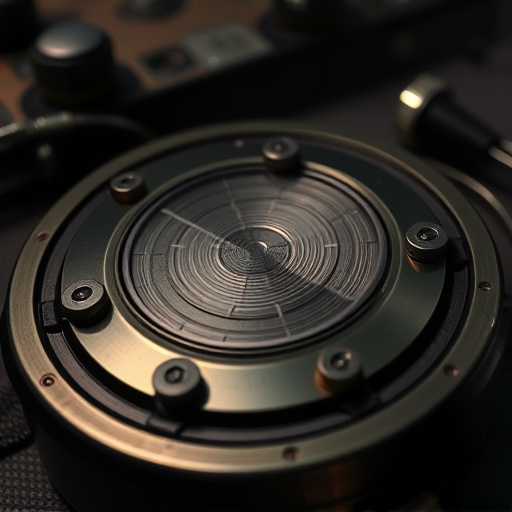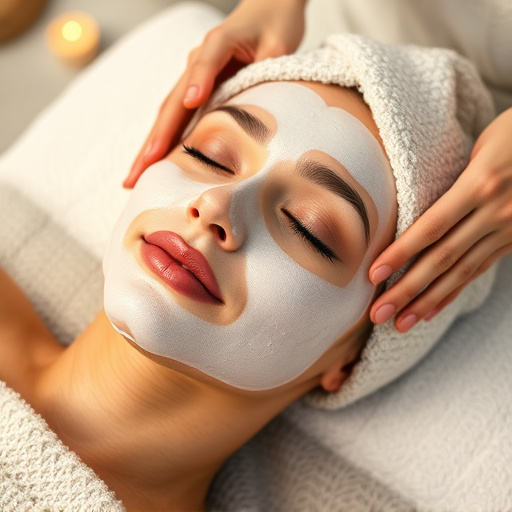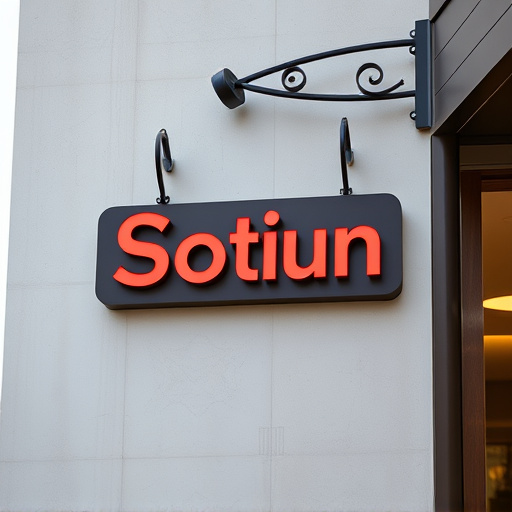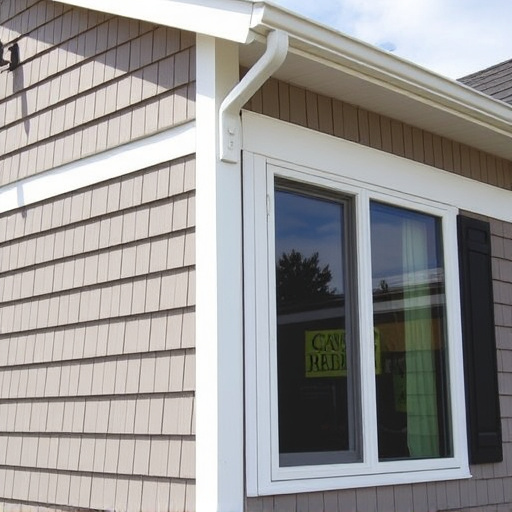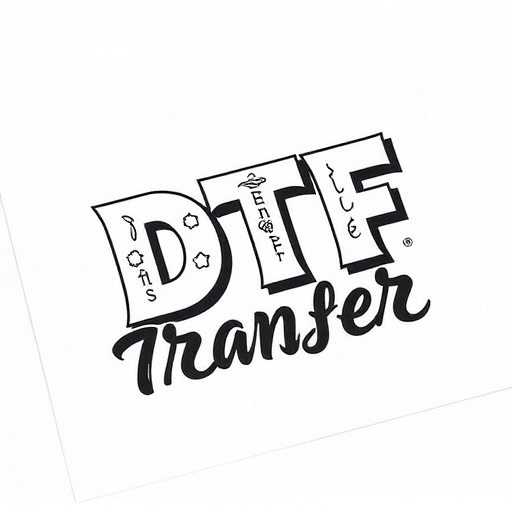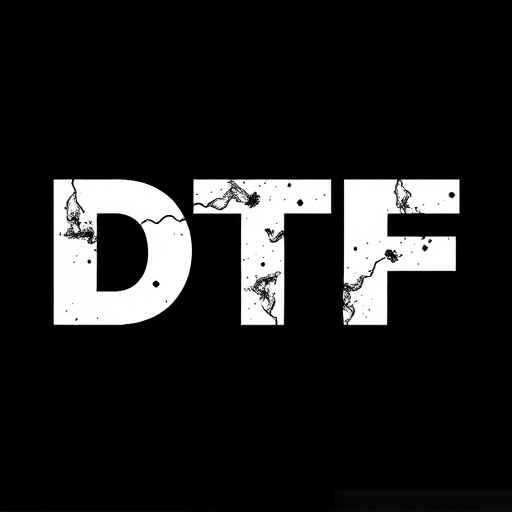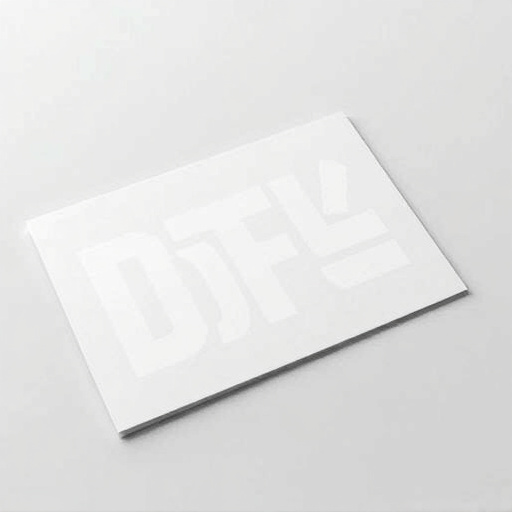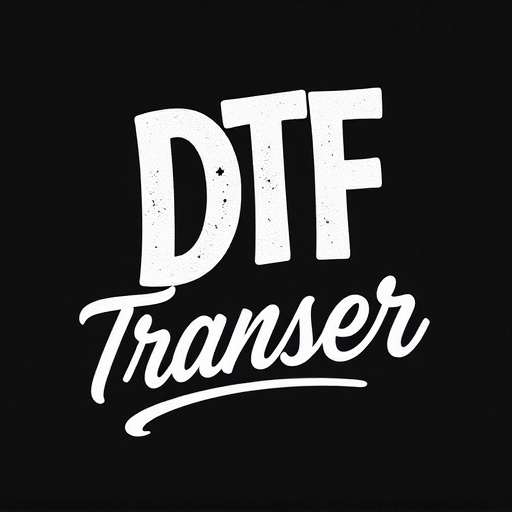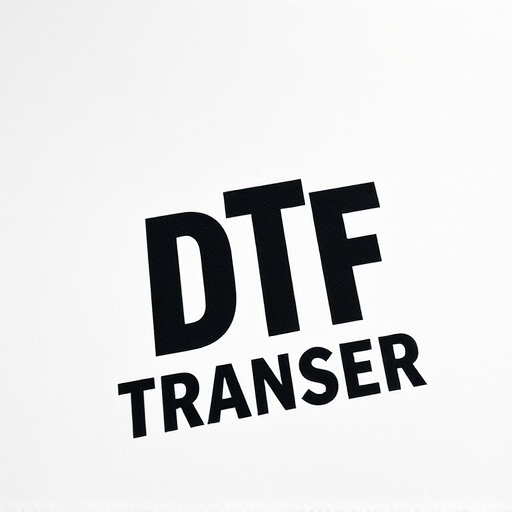UV radiation accelerates the aging of outdoor materials like plastics, paints, and fabrics, making UV-resistant Direct-to-Film (DTF) transfers crucial for combating this issue. These specialized transfers incorporate UV stabilizers and protective coatings to shield materials from harmful UV rays, preventing color fading, cracking, and other sun-related damage, thereby extending their lifespan. DTF transfers are versatile and cost-effective, suitable for various outdoor media like vinyl banners, signage, and advertising displays. They offer superior resistance to environmental factors compared to traditional printing methods, ensuring vibrant visuals for extended periods. By considering environmental factors and using specialized UV-resistant inks along with appropriate substrate preparation, DTF transfers can endure challenging outdoor conditions for longer durations.
“In the world of outdoor applications, protecting materials from harsh environmental conditions is paramount. Among these challenges, ultraviolet (UV) radiation stands out, causing significant deterioration over time. This article explores the innovative solution of ultraviolet-resistant direct-to-film (DTF) transfers, a game-changer for sustaining outdoor displays and graphics. By delving into the science behind UV radiation, the role of DTF transfers, their enhanced longevity, and application techniques, we uncover why these transfers are revolutionizing outdoor advertising and signage.”
- Understanding Ultraviolet (UV) Radiation and Its Impact on Outdoor Materials
- The Role of Direct-to-Film (DTF) Transfers in Outdoor Applications
- Advantages of UV-Resistant DTF Transfers: Longevity and Durability
- Key Considerations When Choosing UV-Protective Media for Outdoor Use
- Application Techniques for Optimal UV Resistance in DTF Transfers
- Case Studies: Successful Implementations of UV-Resistant DTF Transfers Outdoors
Understanding Ultraviolet (UV) Radiation and Its Impact on Outdoor Materials
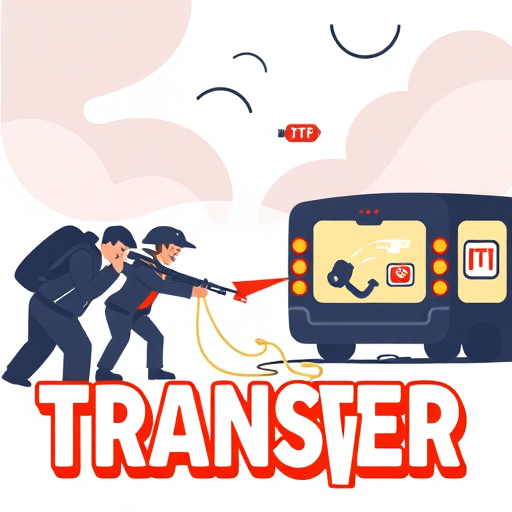
Ultraviolet (UV) radiation, a component of sunlight, plays a significant role in the deterioration and aging of outdoor materials. This radiation is composed of electromagnetic waves with shorter wavelengths than visible light, which enables them to penetrate surfaces and cause chemical changes at a molecular level. When UV rays interact with various substances, such as plastics, paints, and fabrics, they can initiate a process known as photodegradation.
In the context of outdoor applications, UV-resistant DTF (Direct-to-Film) transfers are essential to mitigating these effects. These specialized transfers are designed to shield the materials they cover from intense UV radiation, thereby extending their lifespan and maintaining their integrity. By incorporating advanced UV stabilizers and protective coatings, DTF transfers can block or absorb harmful UV rays, preventing them from causing color fading, cracking, or other forms of damage often associated with prolonged sun exposure.
The Role of Direct-to-Film (DTF) Transfers in Outdoor Applications

Direct-to-film (DTF) transfers play a pivotal role in enhancing outdoor applications’ durability and longevity. This innovative printing method allows for high-quality images to be applied directly onto various surfaces, including vinyl banners, signage, and outdoor advertising displays. By eliminating the need for lamination, DTF transfers offer superior resistance to environmental factors such as sunlight, heat, and moisture, ensuring that visuals remain vibrant and intact for extended periods.
Compared to traditional printing methods, DTF transfers provide a more robust solution for outdoor use cases. They are particularly advantageous in displaying graphics on structures exposed to harsh weather conditions, like traffic signs, building wraps, or event decorations. The direct application of the transfer ensures better adhesion, reducing the risk of peeling or fading, and thus providing a cost-effective and efficient way to create visually appealing, long-lasting outdoor displays.
Advantages of UV-Resistant DTF Transfers: Longevity and Durability
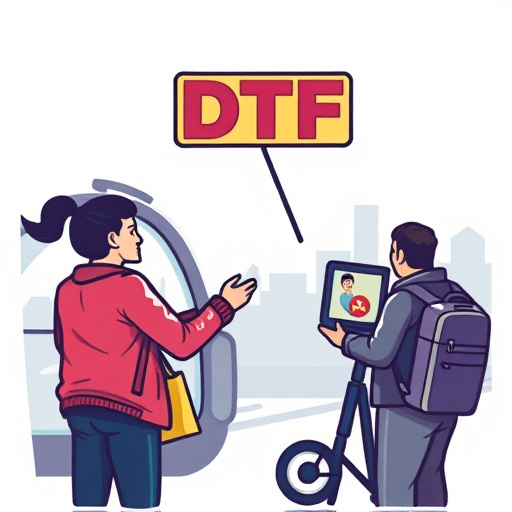
Ultraviolet (UV) light is a constant threat to outdoor materials, causing fading and degradation over time. This is where UV-resistant direct-to-film (DTF) transfers prove their worth. One of the primary advantages of DTF Transfers is their exceptional longevity and durability when exposed to harsh environmental conditions. The specialized ink formulations used in these transfers are designed to resist the damaging effects of UV rays, ensuring that colors remain vibrant and images stay sharp even after years of outdoor use.
This enhanced durability translates into significant cost savings over time as replacement signs or graphics become less frequent. Moreover, UV-resistant DTF Transfers offer versatility in application, suitable for a wide range of outdoor media, from banners and posters to vehicle wraps and building facades. This adaptability makes them a popular choice for businesses and organizations seeking effective, long-lasting solutions to enhance their outdoor spaces.
Key Considerations When Choosing UV-Protective Media for Outdoor Use
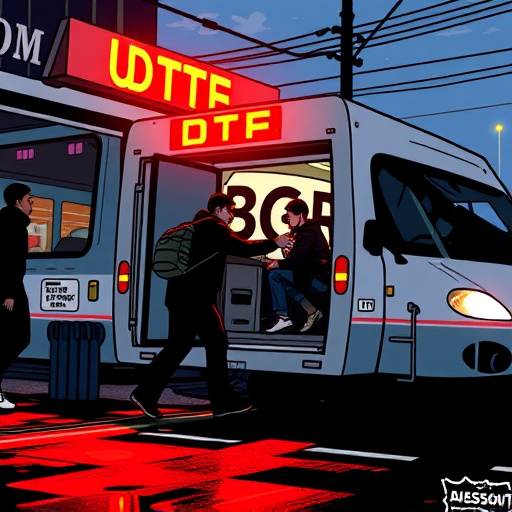
When selecting ultraviolet (UV)-protective media for outdoor applications with direct-to-film (DTF) transfers, several key factors come into play. First and foremost, consider the specific environmental conditions your media will face. Outdoor environments expose materials to varying levels of UV radiation, extreme temperatures, humidity, and potential physical damage from wind, rain, and debris. Choosing a media that offers superior UV resistance ensures longevity and maintains the integrity of your images over time.
Additionally, the intended use case should guide your selection. Different DTF applications, such as outdoor advertising, signage, or mapping, may require distinct properties. For instance, vibrant colors and exceptional durability are crucial for high-visibility advertisements exposed to direct sunlight, while water resistance might be more vital for maps or signs in humid environments. Always refer to manufacturer specifications and test the media’s performance under realistic conditions to make an informed decision.
Application Techniques for Optimal UV Resistance in DTF Transfers
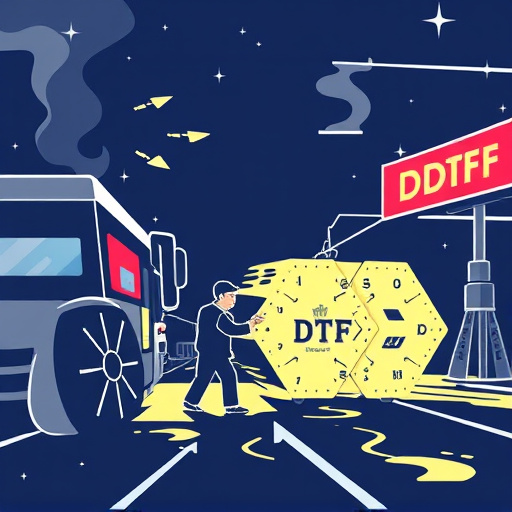
To achieve optimal ultraviolet (UV) resistance in direct-to-film (DTF) transfers for outdoor applications, several application techniques can be employed. Firstly, using specialized UV-resistant inks designed specifically for exterior use ensures that the transfer retains its vibrancy and integrity under prolonged sun exposure. These inks are formulated to withstand weathering and degradation from UV radiation, maintaining color accuracy and detail over time.
Additionally, proper preparation of the substrate is crucial. Cleaning and roughening the surface helps enhance ink adhesion, preventing peeling or cracking due to UV-induced contraction. Priming the film with a protective coating further enhances its resistance to UV rays, prolonging the lifespan of the transfer. This multi-step approach combines advanced materials and meticulous preparation techniques to deliver DTF transfers that can withstand the rigors of outdoor environments for extended periods.
Case Studies: Successful Implementations of UV-Resistant DTF Transfers Outdoors
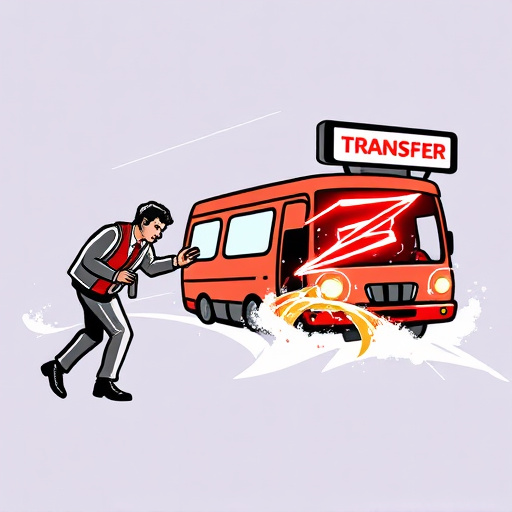
Ultraviolet (UV) radiation poses a significant challenge for outdoor displays and signage, leading to the rapid deterioration of traditional printing methods. However, direct-to-film (DTF) transfers have emerged as a robust solution, offering superior UV resistance. Case studies demonstrate the successful implementation of UV-resistant DTF transfers in various outdoor applications, from durable street signs to vibrant advertising billboards.
These real-world examples highlight the durability and longevity of DTF technology. By utilizing specialized inks and protective coatings, these transfers can withstand harsh environmental conditions, including prolonged exposure to UV rays, extreme temperatures, and moisture. As a result, outdoor installations benefit from reduced maintenance, extended lifespans, and consistent visual impact, ensuring that messages and graphics remain clear and vivid for extended periods.
